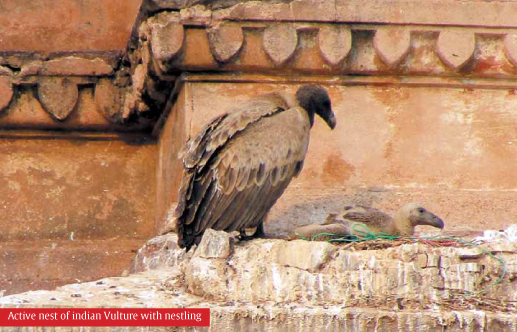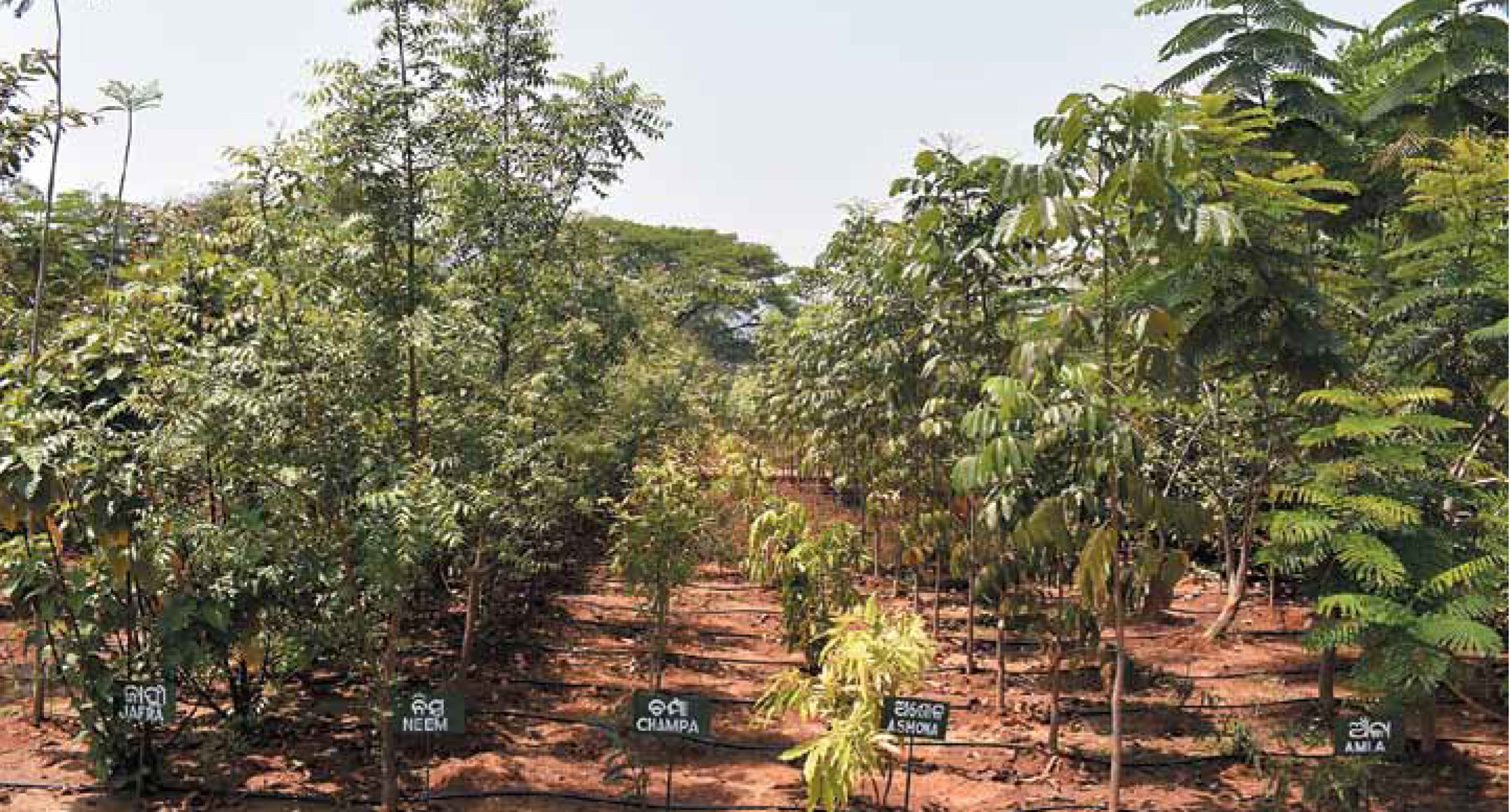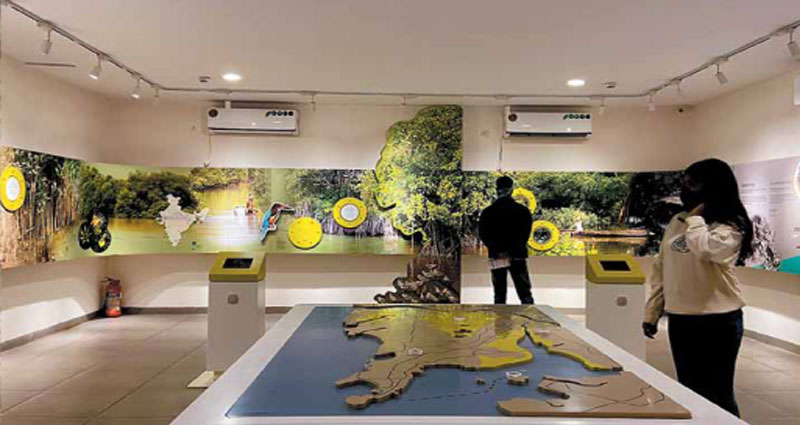
The Wild Side of Mumbai
By Dr. Oishimaya Sen Nag
Mumbai, the city of over 20 million humans and India’s financial capital, is always bustling with life. To most people, Mumbai is about star-studded Bollywood, overcrowded beaches and l ocal trains, luxurious skyscrapers, sprawling slums, billion-dollar businesses and a fancy lifestyle. However, few know a completely different face of Mumbai – the city with a massive heart that accommodates a great diversity of non-human life forms, including over 40 wild leopards sharing space with the city’s residents! There is plenty in Mumbai to attract an ardent wildlife lover like a magnet, including a 103 sq. km national park – the Sanjay Gandhi National Park or SGNP
Located to the north of the metropolis, SGNP acts as the carbon sink of the over-polluted city, allowing its residents to breathe better quality air
The undulating, hilly terrain of the park covered in dense, lush vegetation contrasts the concrete jungle covering the rest of the city. For outdoor enthusiasts and nature lovers, SGNP is paradise.
d nature lovers, SGNP is paradise. Several trails, ranging from easy to difficult, snake their way through the park, offering stunning vistas of the park’s dramatic landscape and water bodies like the Tulsi and Vihar Lakes that quench the thirst of millions of Mumbaikars.
There is plenty of wildlife to observe as well, ranging from venomous scorpions and snakes to giant spiders, colorful birds and butterflies, and several interesting species of plant life. Added to that is the thrill of walking in a forest with predatory leopards roaming in the vicinity. Also, each of the trails in SGNP offers a flavour distinct from the others. For example, while the Shilonda Trail is about wading through the rapid forest streams, the Kanheri Trail needs a bit more legwork to explore the hidden gems of SGNP’s upper elevations and the Nagla Block Trail begins with a mixed deciduous forest landscape and ends with a spectacular view of the sea lined with mangrove vegetation



The Aarey Forest in the Aarey Milk Colony, adjacent to the SGNP, is also another place to explore and observe the
wildlife of Mumbai. Famous for the “Save Aarey Movement” that witnessed thousands of Mumbaikars fighting to save the greenery from being lost to infrastructure projects, the Aarey Forest represents a “win of the greens.” This habitat serves as home to a small population of leopards who are worshipped by the Aadivasi residents of the forest
The Waghoba Temple in Aarey is a must-visit. This temple dedicated to the tribal village-goddess, Gaon-Devi, and the tiger/leopard God, Waghoba, is located on a hilltop accessible via a stairway cutting through the rocks. Here, you will find a rock slab with a tiger painting adorned with a garland and vermillion paste. He is the Waghoba, the big cat God of the local Adivasis who they believe protects the forest for them. The institution of the Waghoba is one of the many examples of the rich Indian culture fostering a solid bonding between humans and wildlife. Such relationships are one of the reasons why India has managed to conserve its big cats way better than many other range countries of these species.
For those interested in delving into the Adivasi culture of Mumbai, there are many “Adivasi padas” or tribal hamlets scattered throughout the Aarey Forest area. These tribal hamlets stand in stark contrast to the surrounding chaotic city. They are islands of peace in Mumbai.
A guided trip to these people’s homes provides an insight into how they live at one with nature. Such a visit also introduces the visitor to unique and fascinating tribal cultures. The warm hospitality provided by these people is unforgettable. Shopaholics can also enjoy shopping for local handicraft items directly from the homes of Warli artists in the area to carry some incredible souvenirs for loved ones back at home.
While exploring Mumbai’s forests is a fascinating activity for nature enthusiasts, the city’s natural treasures are not all locked up in its inland forests. This coastal city has a long coastline on the Arabian Sea. And that means there is plenty of coastal marine life to explore as well, and the Thane Creek Flamingo Sanctuary is one of the best places to do so. Here, one can participate in various outdoor activities like taking the bamboo board walk through the mangrove ecosystem or a boat ride into the sea to watch migratory birds in winter.
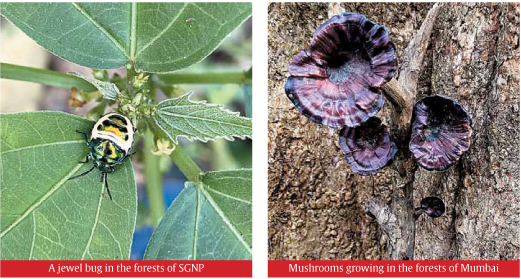


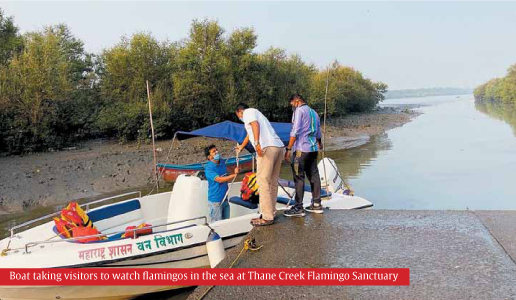

The boat ride offers magnificent views of flocks of graceful flamingos in the thousands in the sea, along with various other bird species like Black-headed Ibis, Pied Avocets, Egrets, Common Sandpipers and more. The walk through the mangrove equips one with the knowledge of the mangrove ecosystem with mudflats, crabs, mudskippers, and other mangrove flora and fauna. There is also a Coastal and Marine Biodiversity Interpretation Centre in the area with a marine museum and engrossing displays of marine life.
Besides the above attractions, Mumbai has several other natural areas where one can explore and experience the fascinating flora and fauna of the region. We can only hope that in fast-developing Mumbai, a city under the looming threat of climate change, its fascinating green spaces and thriving biodiversity will survive the test of times and continue to enthrall nature lovers as they have always done.


